Want to Rank Higher Without Writing a Word?
Let Schemawriter do the hard work for you.
AI Schema markup generator to automate JSON-LD Webpage Schema
Use schemawriter.ai to optimize your webpages. Produce advanced automated webpage schema files in minutes. Edit the schema in the intuitive editor, and insert it on your web page for a fast and permanent onpage SEO optimization. We follow the official standards from schema.org.
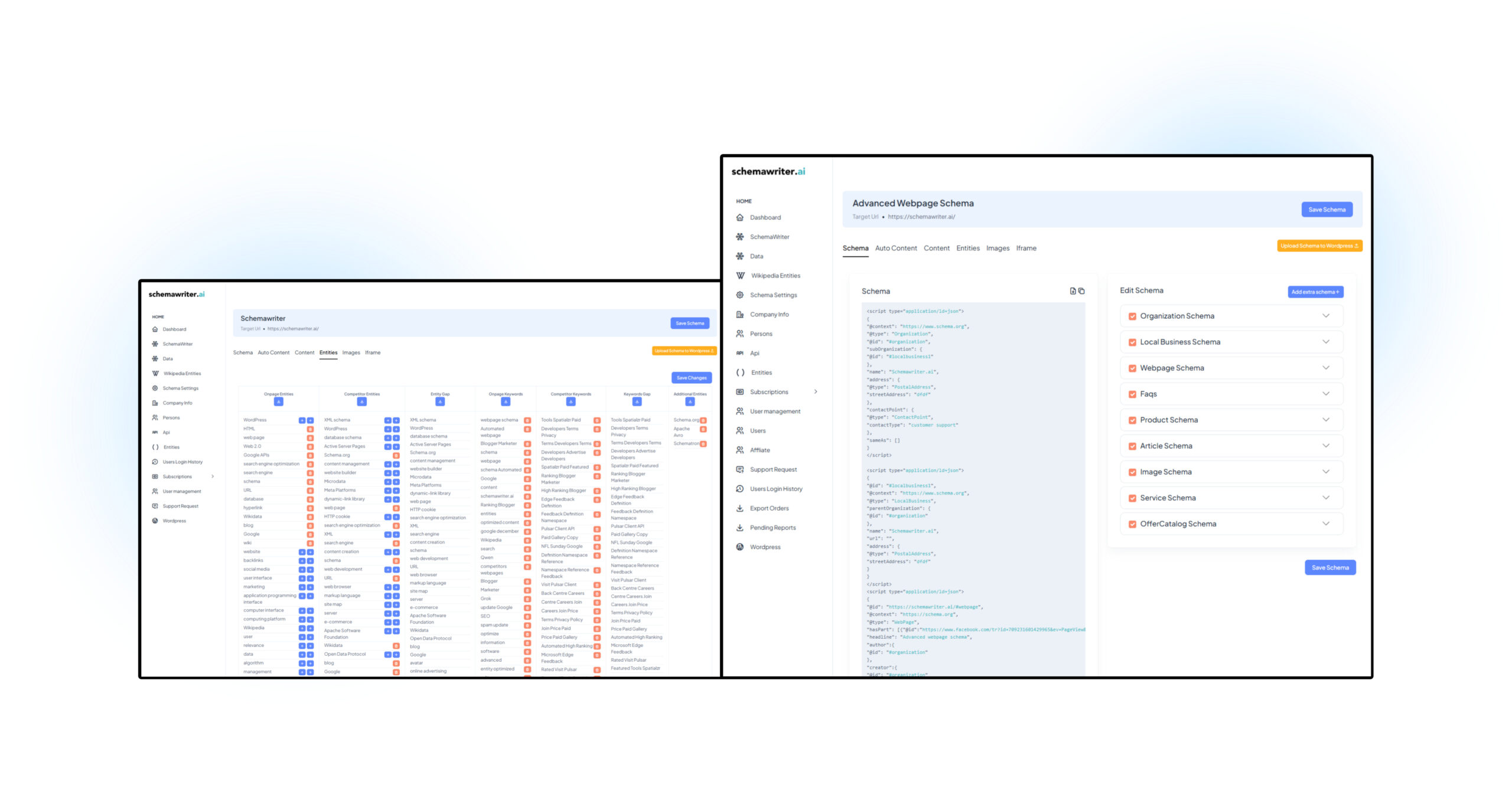
What is schemawriter.ai?
Schemawriter.ai is an advanced ai software platform, that generates optimized schema and content on autopilot. Based on a target search term and url, schemawriter uses an advanced web crawler, it generates lists of Google recognized entities, optimized schema files and optimized content.
It uses a large number of external apis, including several Google apis, and complex mathematical algorithms, to produce entity lists and content, that is correlated with high rankings in Google.
All entities are known by Google, and they are delivered in the schema with:
- Name of entity
- Wikipedia description of entity
- Wikipedia page url
- Wikidata page url
- Google knowledge panel URL
In this manner, all the dots are connected, so Google has the maximum chance of understanding the topic of your webpage. We connect directly to Wikipedia and Wikidata via apis, to deliver the most accurate information possible about the content and entities in you and your competitors webpages.
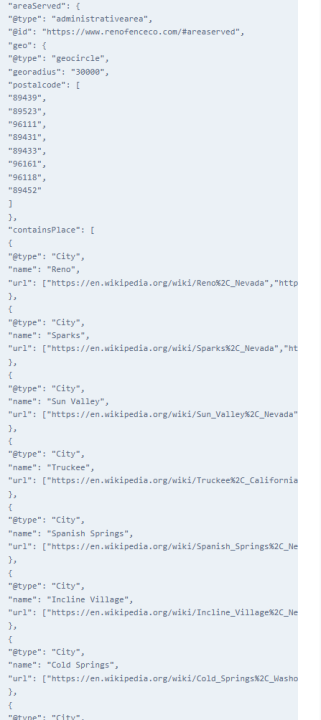
Google uses schema to understand your business
This is why quality Schema is important for your site.
Schemawriter is all you need to generate the best possible quality schema:
✅ Auto generates GeoRadius Schema: No manual input needed, just add your address and radius.
✅ Built-in Editor: Add or edit cities and postal codes with a live schema preview.
✅ Fast Generation: Creates full local business + georadius schema in under 30 seconds.
✅ Boost Local SEO: Improves visibility on Google Maps and local search results.
✅ Covers All Key Schema Fields: Includes geo, address, areaServed, geocircle, postalCode, and containsPlace.
✅ Precise Area Targeting: Lists all relevant postal codes and cities within your service radius.
✅ Automatic Google Maps Data: Uses the Google Places API to fetch accurate business details.
✅ User Friendly Interface: No coding required, perfect for marketers and business owners.
✅ Time Saver: Replaces hours of manual schema coding with a few clicks.
✅ Trusted Data Sources: Pulls from Wikipedia, Wikidata, Google Knowledge Graph, and Maps.
✅ Scalable for Agencies: Ideal for SEO professionals managing multiple local clients.
Attention: Join free Facebook group
Join our free community, where we share seo methods on how to use schema to rank websites.
Click here -> https://www.facebook.com/groups/schemawriterlocalseo
Features of schemawriter.ai
Collecting entities from competitors, writing advanced webpage schema and much more. Read below for main features of schemawriter.ai
Entities from top 10 competitors and your website
Entity gap – the entities you are missing on your site
Automated local business schema
Automated FAQ schema
Automated Product schema
Automated entity optimized content
Content editor
Automated organization schema
Pricing
Starter
$59
/Month
- 50 runs/month
- Entity lists
- Organization schema
- LocalBusiness schema
- Automated webpage schema
- Automated video schema
- Person schema
- About and mentions
- Entity optimized content
- Wikipedia entities
- VA user management
- Automated entity content
Expert
$89
/Month
- 100 runs/month
- Entity lists
- Organization schema
- LocalBusiness schema
- Automated webpage schema
- Automated video schema
- Person schema
- About and mentions
- Entity optimized content
- Wikipedia entities
- VA user management
- Automated entity content
- Automated Knowsabout
Agency
$119
/Month
- 150 runs/month
- Entity lists
- Organization schema
- LocalBusiness schema
- Automated webpage schema
- Automated video schema
- Person schema
- About and mentions
- Entity optimized content
- Wikipedia entities
- VA user management
- Automated entity content
- Automated Knowsabout
- Geo radius optimized Local business schema
Starter
$600
/Year
- 50 runs/month
- Entity lists
- Organization schema
- LocalBusiness schema
- Automated webpage schema
- Automated video schema
- Person schema
- About and mentions
- Entity optimized content
- Wikipedia entities
- VA user management
- Automated entity content
Expert
$900
/Year
- 100 runs/month
- Entity lists
- Organization schema
- LocalBusiness schema
- Automated webpage schema
- Automated video schema
- Person schema
- About and mentions
- Entity optimized content
- Wikipedia entities
- VA user management
- Automated entity content
- Automated Knowsabout
Agency
$1200
/Year
- 150 runs/month
- Entity lists
- Organization schema
- LocalBusiness schema
- Automated webpage schema
- Automated video schema
- Person schema
- About and mentions
- Entity optimized content
- Wikipedia entities
- VA user management
- Eutomated entity content
- Automated Knowsabout
- Geo radius optimized Local business schema
Schema generated...


YAKE keyword extraction
We are using an advanced technology to extract relevant keywords from your top competitors websites. The method is called YAKE, or Yet Another Keyword Extractor.
Its a method, that uses statistical measures such as for example term frequency, position and relatedness, to analyze the content we provide, and return the most important terms and keywords in the content.
Relevant keywords and search terms your competitors use
It allows us to identify the most important keywords, that are not entities, but that are relevant to the search term you want to optimize your content for.
It works in all languages, and the YAKE method is vital, as it informs you what terms you should optimize your schema and your content with, in order to be able to match the quality of your competitors articles.
How does schemawriter.ai produce entities and schema?
Search
You start by inserting the search term you want to optimize your webpage for. You enter the webpage url you want to optimize, country and language, and then schemawriter.ai goes to work.
Results
It starts out by searching Google in the country you specify. It finds the top 10 results, and extracts all content. All entities are then extracted from yours and your competitors webpages.
Information
The Wiki information and the Google knowledge panel information are all produced based on relevant databases and apis.
Identify
The entities that correlates the highest to rankings and the topic of your webpage are put into the about section in the webpage schema. The remaining entities are put into the mentions section of the webpage schema.
Generate
The schema files are generated automatically. The content and text fields in the schema are produced using a mixture of the Openai api and the mathematical algorithms of schemawriter.ai.
Optimizing with schemawriter.ai
Schema for WordPress and cloud pages
You can use the output from schemawriter.ai on WordPress websites, your cloudpages, your web2 links or where ever you have a html input field. It works very well when combined with good content on a WordPress website, and it gives your backlinks extra context and power, if you are able to place the schema files there.
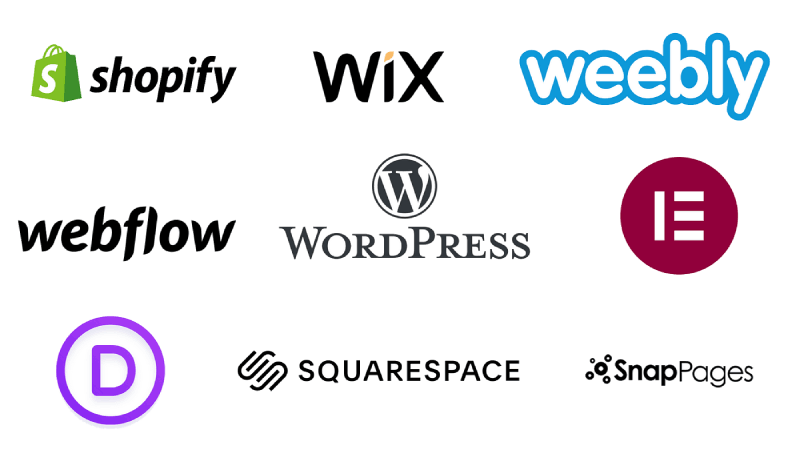
Our Customers
We have a wide variety of customers in the SEO industry that use our service to optimize their own or their customers websites.




From Schemawriter Blog...
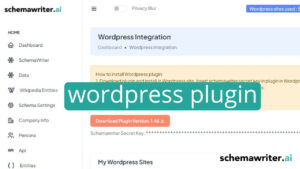
WordPress plugin added to schemawriter as well as other updates
Update to schemawriter – WordPress plugin Today, thursday 10 of july 2025, We launched the WordPress plugin to schemawriter. The launch of the WordPress plugin means, its now possible to

Veo 2 Statistics and Facts 2025
Google Deepmind´s Veo 2 is currently seen as one of if not the best AI-driven video generator. It has a capability of generating high quality video content, and is therefore

Manus AI statistics and Facts 2025
Only a few innovations have sparked as much buzz in 2025 as Manus AI. Manus AI was launched in March by Chinese Monica and its goal is unlike many other
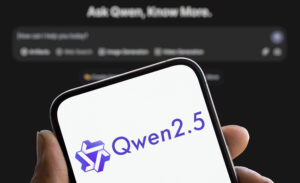
Qwen AI – Can it outperform ChatGPT and DeepSeek?
2025 is exciting for any AI enthusiast. AI software like Qwen AI and DeepSeek is beginning to compete with ChatGPT, and the development is moving fast. Qwen AI is the

Qwen AI: Everything you need to know
What is Qwen AI Artificial intelligence is evolving fast; models are becoming faster and better. It is no news that Artificial intelligence is here to stay. Qwen AI has gained

Grok 3 AI statistics and Facts 2025
Facts about the new chatbot Grok 3 Only 17 months after the launch of the first version of the chatbot Grok, the new chatbot Grok 3 is ready. Grok
Frequently Asked Questions
What is schema markup and why is it important for Google?
Schema markup is a form of microdata that helps search engines understand the content of your website better. Its important for Google because it enhances how your page appears in search results, potentially leading to higher click-through rates.
What is an automated webpage schema in the context of software?
An automated webpage schema in software refers to a structured data format used by search engines to understand the content on webpages. Its implemented using specific code added to HTML pages, which can be generated automatically by certain types of software.
Can using a schema markup generator affect my sites SEO performance on Google?
Yes, using a schema markup generator can positively impact your sites SEO performance by improving how search engines interpret your content, which can lead to enhanced rich snippets and better ranking potential.
How does an automated webpage schema relate to databases?
The automated webpage schema serves as a map or blueprint for how information should be organized or categorized within a database. By defining what data is stored and how its related, it allows efficient storage, retrieval, and management of data within the database system.
What role does Wikipedia play in relation to automated webpage schemas?
Wikipedia uses automated webpage schemas to structure its vast amount of information appropriately. This makes it easier for search engines like Google to crawl Wikipedia pages and display relevant snippets in response to user queries.
How can a schema markup generator help with implementing structured data?
A schema markup generator simplifies the creation of structured data by providing an easy interface to generate code snippets. This reduces errors and saves time compared to manual coding.
What types of schemas are supported by Google through its APIs?
Googles APIs support various types of schemas such as articles, events, products, reviews, local businesses, and more, allowing webmasters to enhance their sites visibility across diverse content areas.
Are there any recommended tools or platforms for generating schema markups compatible with Googles requirements?
Recommended tools include Googles own Structured Data Markup Helper and third-party generators like Schema App, Merkles Schema Markup Generator, and others that ensure compatibility with Googles guidelines.
Why are automated webpage schemas important in the field of software development?
Automated webpage schemas are crucial as they aid in better understanding and interpretation of website content by search engines, leading to improved SEO performance. They also facilitate more efficient data organization and management within databases, thereby improving overall system performance.
Can you give an example of how an automated webpage schema works on websites like Wikipedia?
On Wikipedia, if someone searches for a person’s name, an automated webpage schema would dictate that related information such as birth date, occupation, notable achievements etc., are presented together under one section called Infobox, while other details like early life or career are presented under separate sections based on their relational relevance defined by the schema.
Would you like to try schemawriter.ai?
Improve the relevancy for your website. Select your plan and start today!
